Home>Gardening & Outdoor>Landscaping Ideas>When To Plant Rye Grass In Texas
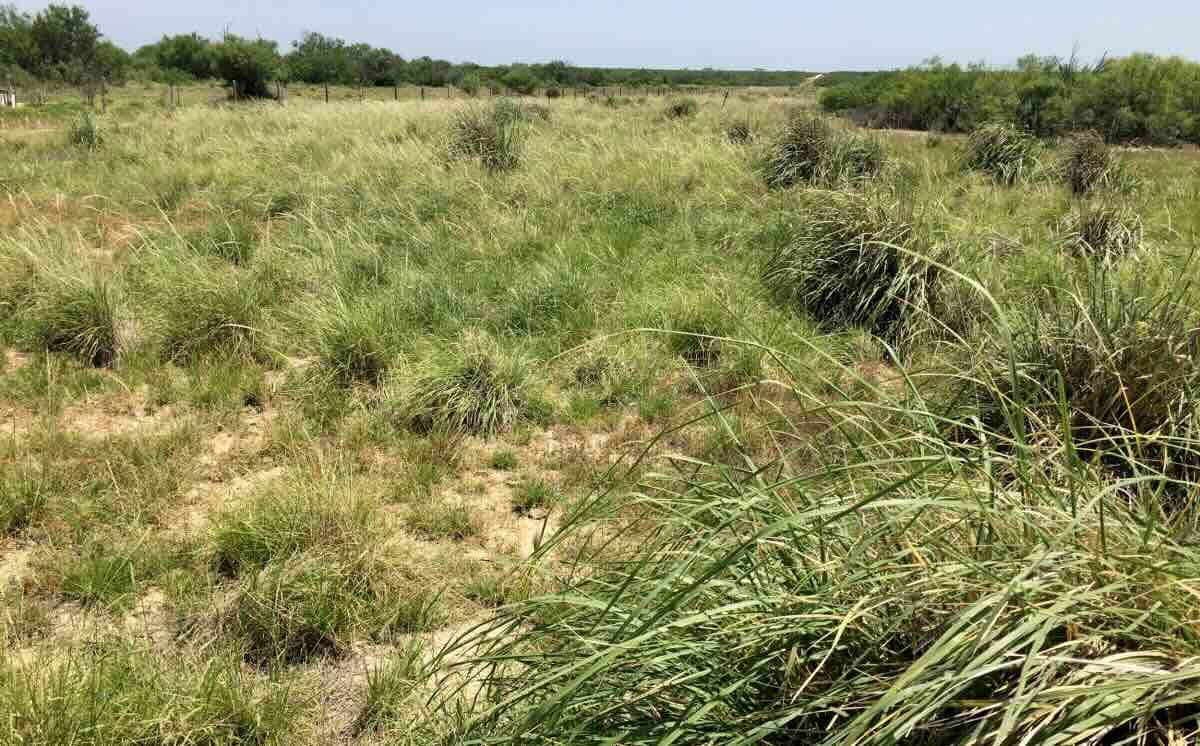

Landscaping Ideas
When To Plant Rye Grass In Texas
Modified: October 18, 2024
Discover the best time to plant rye grass in Texas and enhance your landscaping with our expert tips and ideas. Create a lush and vibrant outdoor space with our landscaping ideas.
(Many of the links in this article redirect to a specific reviewed product. Your purchase of these products through affiliate links helps to generate commission for Storables.com, at no extra cost. Learn more)
**
Introduction
**
If you're a Texan with a passion for lush, green lawns, you're likely familiar with the challenges of maintaining a vibrant grass cover in the state's diverse climate. Fortunately, rye grass presents an attractive solution for achieving a year-round verdant lawn. This cool-season grass species thrives in the Lone Star State, offering a resilient and visually appealing option for lawns, sports fields, and landscaping projects.
In this comprehensive guide, we'll explore the nuances of rye grass cultivation in Texas, including the ideal planting time, soil preparation techniques, and essential care tips. Whether you're a seasoned gardener or a novice enthusiast, this article will equip you with the knowledge and confidence to foster a thriving rye grass lawn that will be the envy of your neighborhood.
Let's embark on a journey through the verdant world of rye grass, uncovering the secrets to successful cultivation in the unique Texas landscape.
Key Takeaways:
- Rye grass is a great choice for Texans wanting a lush lawn. It grows well in diverse soil and climate conditions, providing year-round greenery and quick coverage for bare areas.
- To plant rye grass in Texas, choose the right time based on your region. Prepare the soil carefully, plant the seeds strategically, and provide diligent care for a resilient and visually stunning lawn.
Read more: When To Plant Winter Rye Grass In Texas
Understanding Rye Grass
Before delving into the specifics of planting rye grass in Texas, it’s essential to grasp the fundamental characteristics of this versatile grass species. Rye grass, scientifically known as Lolium, encompasses several varieties, with perennial and annual types being the most prevalent. In the context of Texas, annual rye grass is particularly popular for its rapid growth and vibrant green hue, making it an appealing choice for winter lawns.
One of the key attributes that sets rye grass apart is its cool-season nature, meaning it flourishes in lower temperatures, typically between 68°F and 77°F (20°C to 25°C). This makes it an ideal candidate for Texas, where winters are relatively mild in comparison to other regions. Moreover, rye grass exhibits exceptional adaptability, thriving in a variety of soil types and demonstrating resilience in the face of foot traffic and mowing.
Another notable characteristic of rye grass is its rapid germination and establishment, allowing for quick coverage and erosion control in bare areas. This makes it an excellent choice for overseeding warm-season lawns, providing year-round greenery without compromising the existing grass species.
Furthermore, rye grass is celebrated for its lush, fine texture and impressive tolerance to close mowing, rendering it suitable for both ornamental and functional landscapes. Whether adorning residential lawns, sports fields, or golf courses, rye grass brings a touch of vibrancy and durability to outdoor spaces.
By comprehending the distinctive traits of rye grass, you can harness its full potential in creating a resilient and visually captivating lawn. Now that we’ve laid the groundwork for understanding rye grass, let’s turn our attention to the climate and soil conditions in Texas, crucial factors that influence the successful cultivation of this remarkable grass species.
Climate and Soil Conditions in Texas
When considering the cultivation of rye grass in Texas, it’s imperative to appreciate the state’s diverse climate and soil profiles, as these factors profoundly influence the success of grass growth. Texas encompasses a broad range of climatic zones, spanning from humid subtropical in the east to arid desert in the west, creating a tapestry of environmental conditions that demand adaptable plant species.
In general, Texas experiences a predominantly warm climate, with scorching summers and mild winters in most regions. However, the northern areas may encounter cooler temperatures and occasional frost, especially during the winter months. This climatic variation underscores the significance of selecting a grass species that can endure fluctuating temperature extremes and thrive in diverse conditions.
As for soil composition, Texas boasts an assortment of soil types, including sandy, loamy, and clay soils, each with distinct drainage and fertility characteristics. In East Texas, the soil tends to be acidic and loamy, offering favorable conditions for grass cultivation, while the western regions often feature alkaline, sandy soils that necessitate careful consideration when choosing suitable grass varieties.
Considering these environmental nuances, rye grass emerges as an excellent choice for Texas, particularly during the cooler months. Its adaptability to various soil types and its preference for cooler temperatures align harmoniously with the state’s climatic and soil diversity, making it an appealing option for homeowners and landscapers seeking a resilient and visually appealing grass cover.
By understanding the intricate interplay between Texas’ climate and soil conditions and the unique attributes of rye grass, you can make informed decisions regarding the optimal timing and methods for planting this versatile grass species. With this foundation in place, let’s explore the best time to plant rye grass in Texas, a crucial aspect that can significantly impact the success of your lawn cultivation endeavors.
Best Time to Plant Rye Grass in Texas
Choosing the opportune moment to plant rye grass in Texas is pivotal to ensure its robust establishment and sustained growth. Given Texas’ climatic diversity, the ideal timing for planting rye grass varies across the state, influenced by temperature patterns and seasonal transitions.
In the northern regions of Texas, where cooler temperatures prevail, the prime window for planting rye grass typically falls between late September and early November. During this period, the soil retains sufficient warmth to facilitate seed germination, while the air temperature remains moderate, fostering favorable conditions for the grass to take root and flourish.
Conversely, in the central and southern parts of Texas, where winters are milder, the optimal time for planting rye grass extends from mid-October to late November. The slightly warmer climate in these regions allows for a prolonged planting window, enabling the grass to establish itself before the onset of more intense cold spells.
It’s worth noting that the specific timing for planting rye grass may fluctuate based on the prevailing weather conditions in a given year. Monitoring the local climate and soil temperature can provide valuable insights into the most conducive period for initiating the planting process.
Moreover, for those seeking to overseed warm-season lawns with rye grass, the transition from summer to fall marks an opportune moment to introduce the cool-season grass, ensuring seamless integration and continuous coverage throughout the year.
By aligning the planting of rye grass with the optimal seasonal conditions in your particular region of Texas, you can maximize the grass’s potential for robust growth and long-term vitality. With the planting timeline clarified, the next crucial step involves preparing the soil to create an environment conducive to the successful germination and development of rye grass seeds.
Plant rye grass in Texas in the fall, between September and November, for best results. This allows the grass to establish before winter and thrive in the spring.
Preparing the Soil for Planting
Before sowing rye grass seeds in Texas, meticulous soil preparation is essential to establish an environment conducive to robust germination and sustained growth. The following steps outline the key considerations for preparing the soil:
Assessing Soil Composition: Begin by evaluating the soil composition in your lawn or landscaping area. Texas encompasses diverse soil types, ranging from sandy to clayey, each with distinct drainage and fertility characteristics. Understanding the specific soil composition enables you to tailor the preparation process to address any deficiencies and optimize the soil structure for rye grass cultivation.
Soil Testing: Conduct a soil test to determine the pH level and nutrient content of the soil. In Texas, soil pH levels can vary significantly across different regions, influencing the availability of essential nutrients for plant growth. Based on the test results, you can adjust the soil pH and supplement any nutrient deficiencies through targeted amendments, such as lime or fertilizer applications, ensuring an optimal growing environment for rye grass.
Aeration and Debris Removal: Prior to planting rye grass, aerate the soil to alleviate compaction and enhance air circulation, promoting favorable conditions for seed germination. Additionally, remove any debris, such as rocks or large clumps of organic matter, to create a smooth and receptive seedbed for the rye grass seeds.
Soil Amendments: Incorporate organic matter, such as compost or well-rotted manure, into the soil to improve its structure and fertility. Organic amendments enhance the soil's water retention capacity and nutrient availability, fostering a nurturing foundation for the germinating rye grass seeds.
Seedbed Preparation: Utilize a rake or garden tiller to create a fine, level seedbed, free of large clods and obstructions. This meticulous preparation ensures that the rye grass seeds make direct contact with the soil, facilitating successful germination and establishment.
By diligently preparing the soil according to these guidelines, you can lay the groundwork for a flourishing rye grass lawn in Texas. With the soil primed for optimal seed germination, the next step involves the strategic planting of rye grass seeds, a process that demands precision and care to yield a vibrant and resilient grass cover.
Read more: When To Plant Rye Grass
Planting Rye Grass Seeds
When it comes to planting rye grass seeds in Texas, a strategic approach is essential to ensure successful germination and the establishment of a lush, verdant lawn. Follow these steps to plant rye grass seeds effectively:
Seed Selection: Choose high-quality rye grass seeds suited to the specific growing conditions in your region of Texas. Opt for certified seeds with a high germination rate and minimal weed content, ensuring the best possible start for your lawn.
Seed Distribution: Evenly distribute the rye grass seeds across the prepared seedbed using a broadcast spreader or by hand. Aim for uniform coverage to promote consistent growth and density throughout the lawn area.
Seed Depth: Gently rake the seeds into the soil at a depth of approximately 1/4 to 1/2 inch (6 to 13 mm). Avoid burying the seeds too deeply, as this can impede their ability to sprout and emerge from the soil surface.
Pressing or Rolling: After sowing the seeds, lightly press or roll the soil surface to ensure good seed-to-soil contact. This step facilitates moisture absorption and enhances seed germination, setting the stage for robust grass development.
Watering: Thoroughly water the seeded area immediately after planting to initiate the germination process. Keep the soil consistently moist but not waterlogged during the germination period, typically spanning 7 to 10 days, to support the emergence of young rye grass seedlings.
Post-Planting Care: Monitor the seeded area closely, providing supplemental irrigation as needed to sustain optimal soil moisture levels. Additionally, minimize foot traffic and avoid mowing the newly planted rye grass until it reaches a height of 2 to 3 inches (5 to 8 cm), allowing the grass to establish a robust root system.
By adhering to these guidelines and best practices, you can optimize the planting process and set the stage for the successful germination and growth of rye grass in your Texas lawn. With the seeds sown and the initial care underway, the next phase involves nurturing the emerging rye grass and providing the essential maintenance to foster its long-term vitality.
Caring for Rye Grass
Once the rye grass has been successfully planted and begins to emerge, diligent care and maintenance are crucial to ensure its continued health and vibrancy. Consider the following essential practices for nurturing and preserving the beauty of your rye grass lawn in Texas:
Watering: Establish a regular watering schedule to maintain adequate soil moisture, particularly during dry spells or periods of insufficient rainfall. While rye grass exhibits good drought tolerance, consistent watering supports optimal growth and minimizes stress on the grass, especially in the warmer regions of Texas.
Fertilization: Apply a balanced fertilizer specifically formulated for cool-season grasses to provide essential nutrients for vigorous rye grass growth. In Texas, a fertilizer application in late fall and early spring can bolster the grass’s resilience and promote a lush, green appearance throughout the year.
Mowing: Keep the rye grass at a recommended mowing height of 2 to 3 inches (5 to 8 cm) to encourage dense growth and discourage weed infestation. Regular mowing, typically on a weekly basis, helps maintain an attractive lawn appearance and supports the grass’s overall health.
Weed Control: Monitor the lawn for weed encroachment and promptly address any invasive species that threaten the rye grass’s vigor. Utilize targeted herbicides or manual removal techniques to safeguard the lawn’s integrity and preserve its uniform texture and color.
Aeration: Periodically aerate the soil to alleviate compaction and enhance air and water penetration, promoting robust root development and overall turf health. Aeration is particularly beneficial in high-traffic areas and compacted soils, fostering a resilient and thriving rye grass lawn.
Overseeding: In regions where warm-season lawns predominate, consider overseeding with rye grass in the fall to maintain year-round greenery and offset the dormancy of warm-season grasses during the winter months. This practice ensures continuous lawn coverage and sustains the aesthetic appeal of your outdoor spaces.
By integrating these fundamental care practices into your lawn maintenance regimen, you can nurture a resilient and visually stunning rye grass lawn that thrives in the unique climatic and soil conditions of Texas. With attentive care and strategic maintenance, your rye grass lawn will serve as a testament to the enduring allure and adaptability of this remarkable cool-season grass species.
Conclusion
Embarking on the journey of cultivating rye grass in Texas unveils a world of possibilities for creating vibrant, verdant lawns that endure the state’s diverse climate with grace and resilience. By understanding the unique attributes of rye grass and the environmental nuances of Texas, you can harness the full potential of this cool-season grass species to adorn your outdoor spaces with year-round greenery and visual allure.
From the optimal timing for planting rye grass to the meticulous soil preparation and strategic care practices, every step in the cultivation process contributes to the creation of a thriving and enduring lawn. The adaptability and aesthetic appeal of rye grass make it a compelling choice for homeowners, landscapers, and sports turf managers seeking a resilient and visually captivating grass cover.
As you navigate the intricacies of rye grass cultivation in Texas, remember that the process is not merely about planting seeds and tending to the lawn; it’s about fostering a living, breathing tapestry of greenery that enhances the beauty and vitality of your outdoor environment. It’s a testament to your dedication to creating a welcoming and visually stunning landscape that reflects the timeless allure of nature’s splendor.
With the knowledge and insights gleaned from this guide, you are well-equipped to embark on your rye grass cultivation journey in Texas, confident in your ability to nurture a resilient and visually captivating lawn that stands as a testament to the enduring allure and adaptability of this remarkable cool-season grass species.
So, roll up your sleeves, sow the seeds of transformation, and watch as your Texas landscape flourishes with the vibrant greenery of rye grass, a testament to your dedication and the enduring beauty of nature’s bounty.
Frequently Asked Questions about When To Plant Rye Grass In Texas
Was this page helpful?
At Storables.com, we guarantee accurate and reliable information. Our content, validated by Expert Board Contributors, is crafted following stringent Editorial Policies. We're committed to providing you with well-researched, expert-backed insights for all your informational needs.
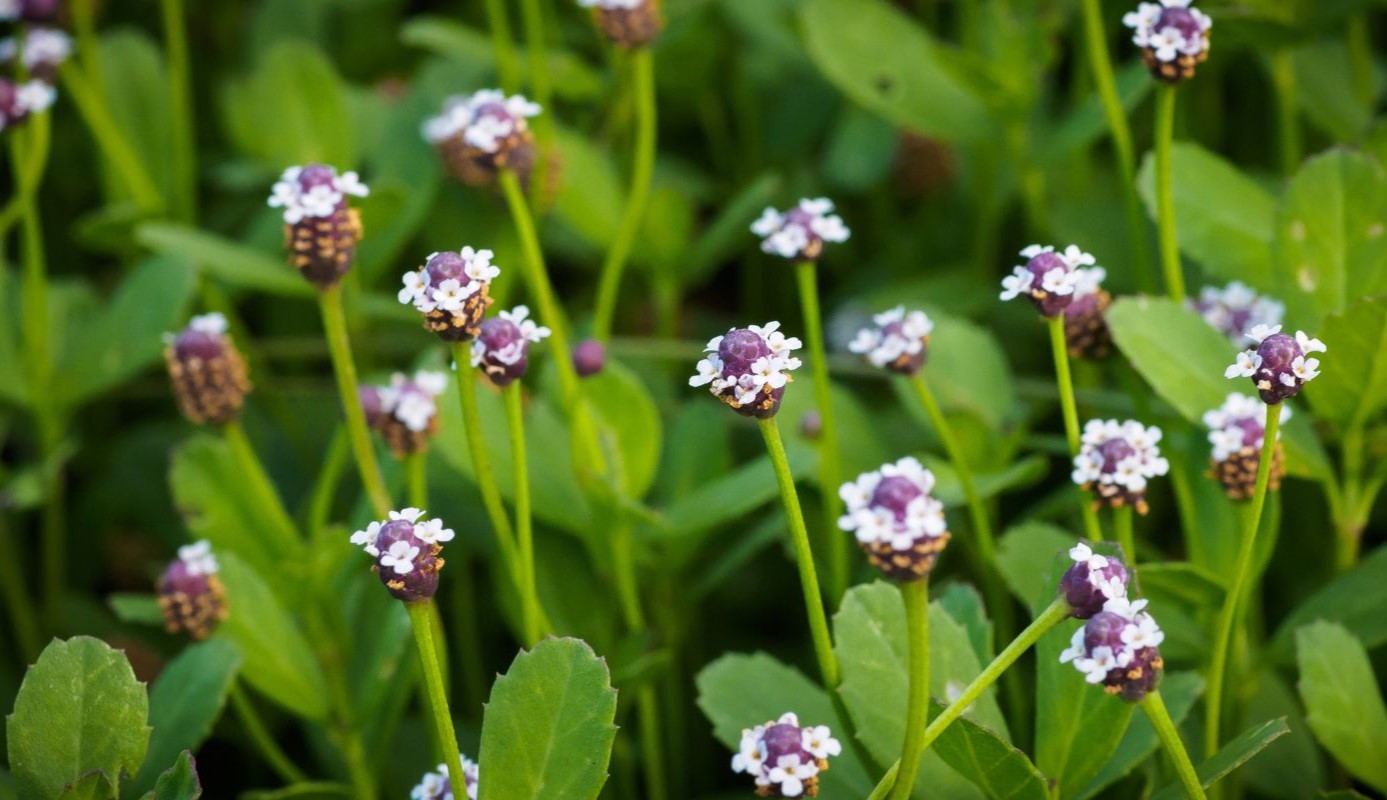
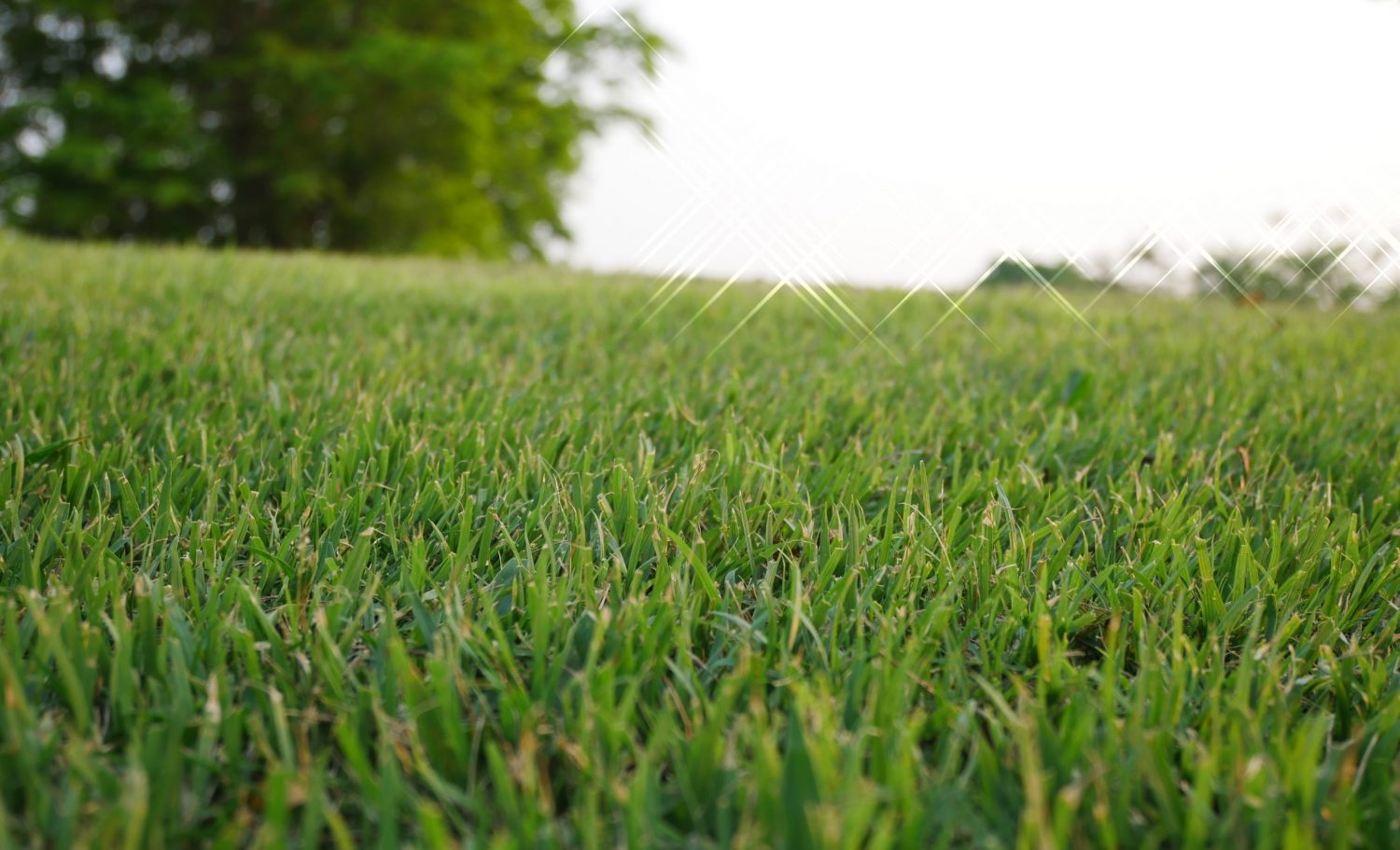
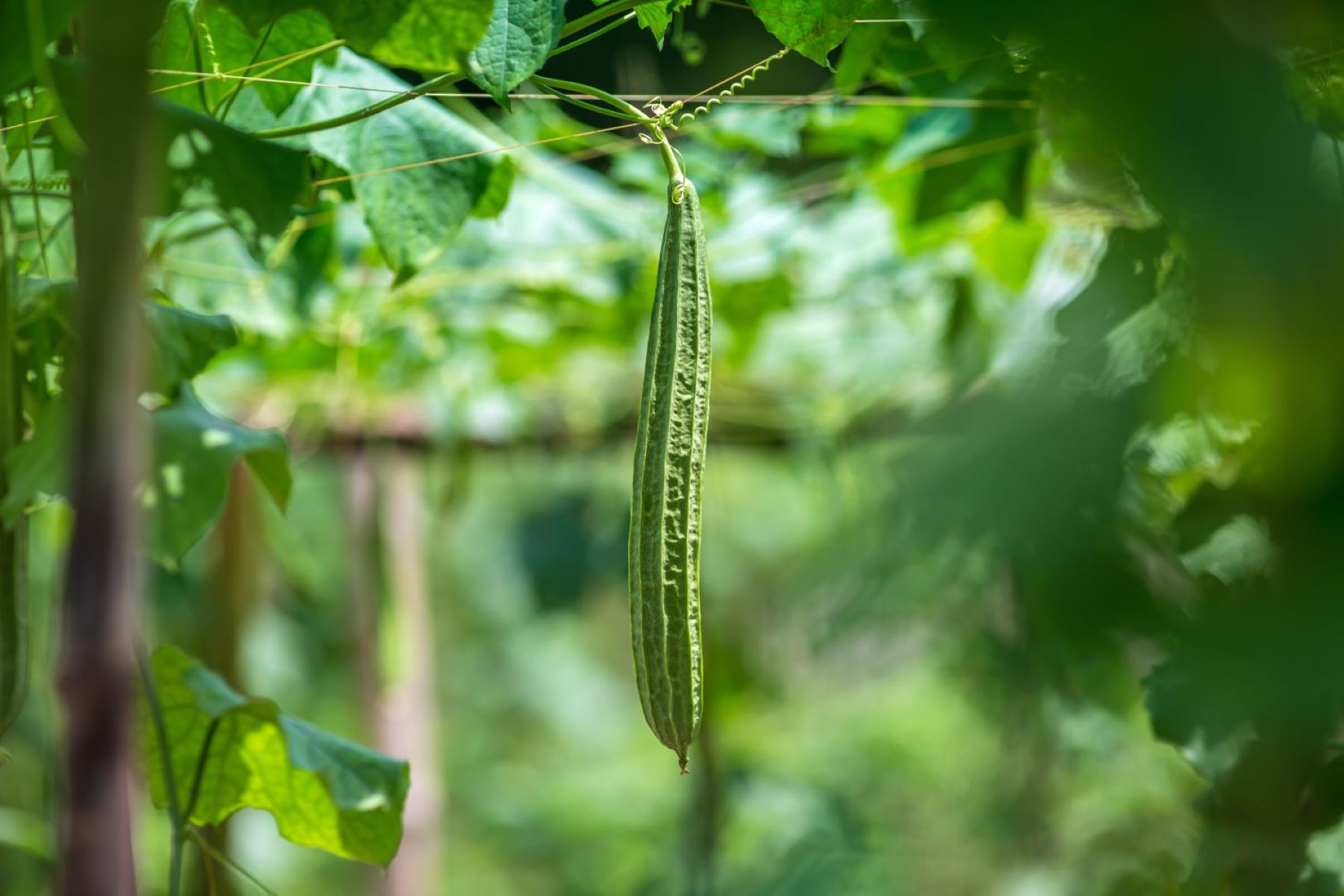
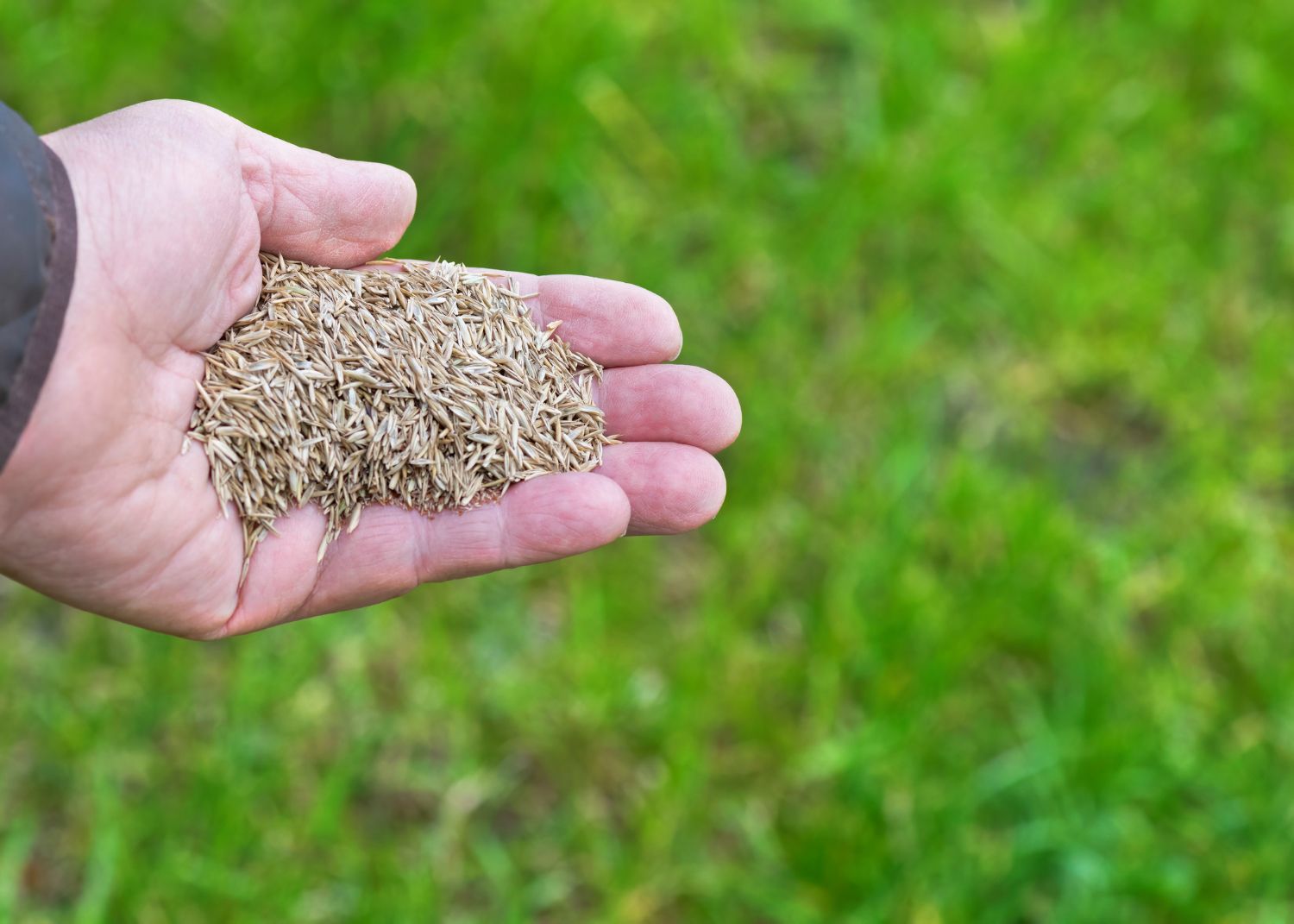
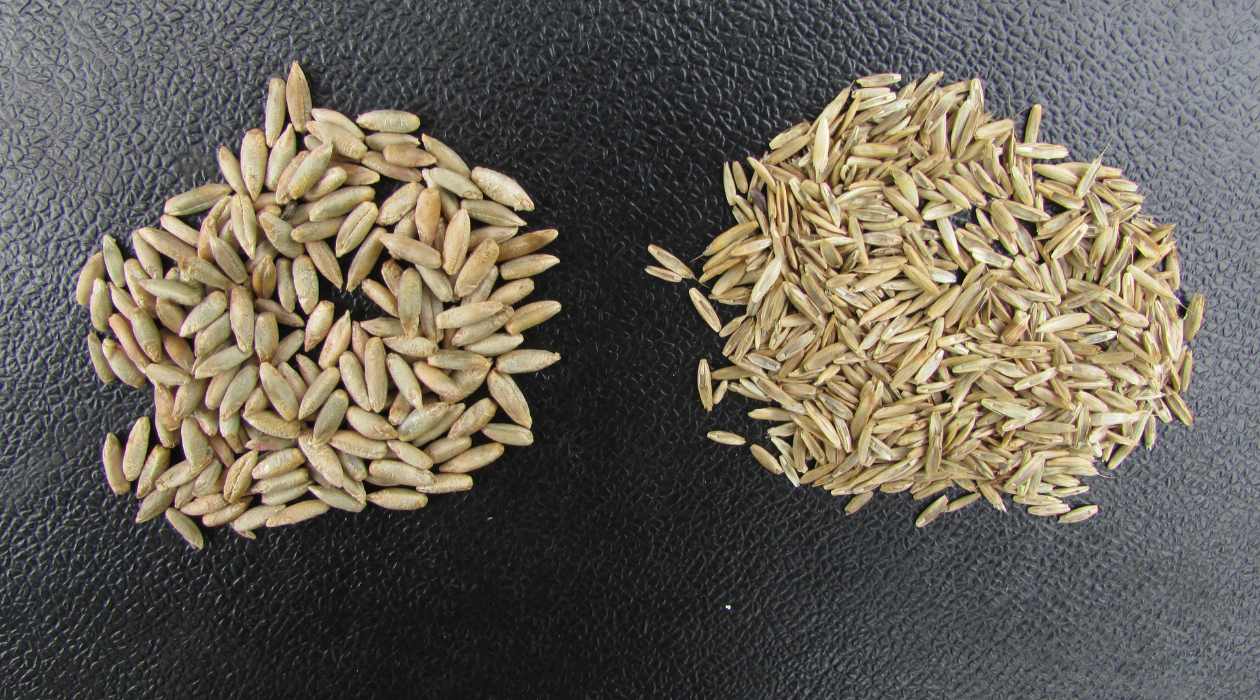
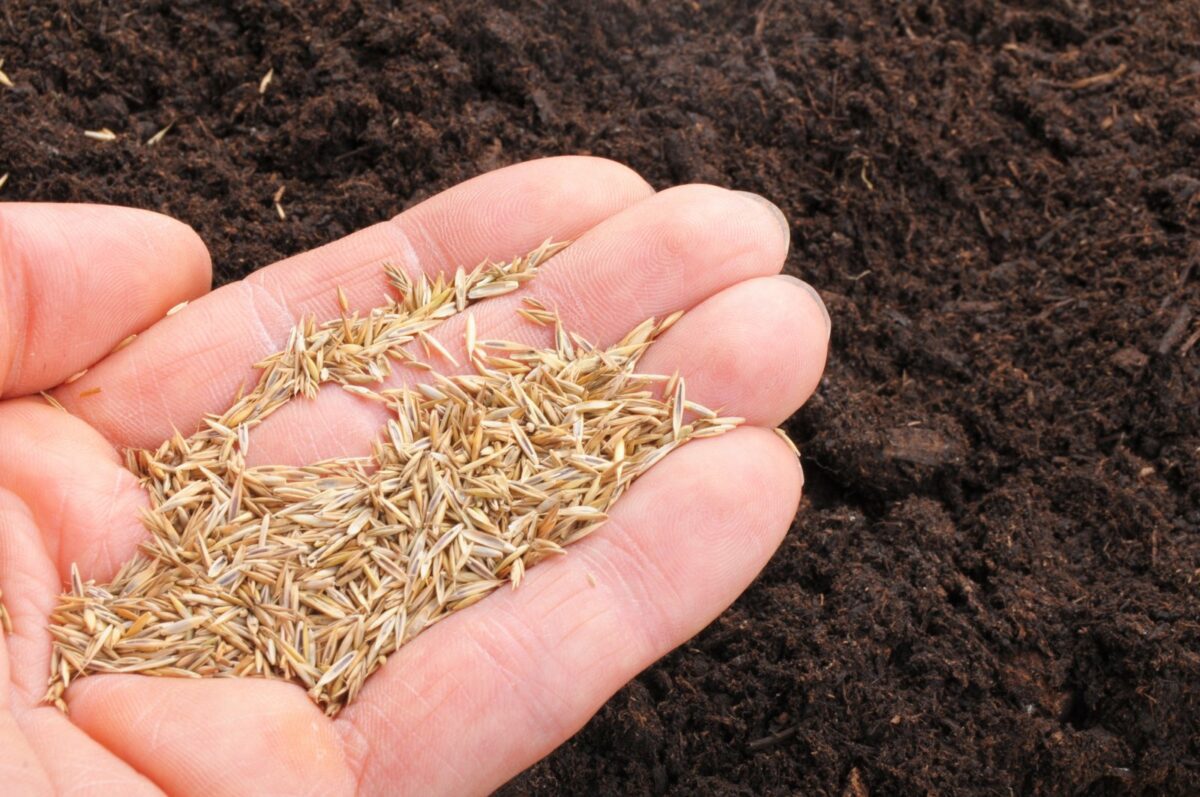
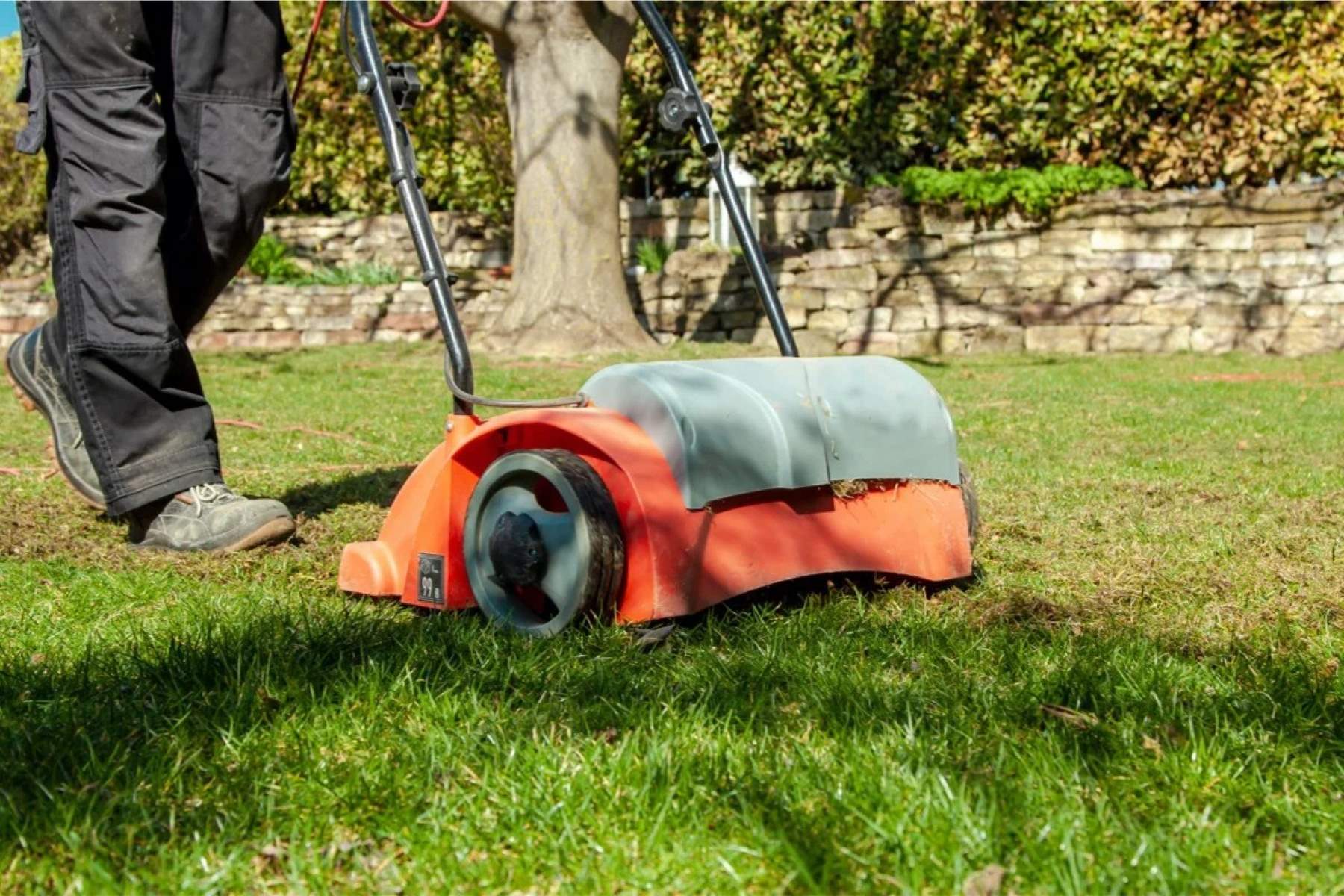
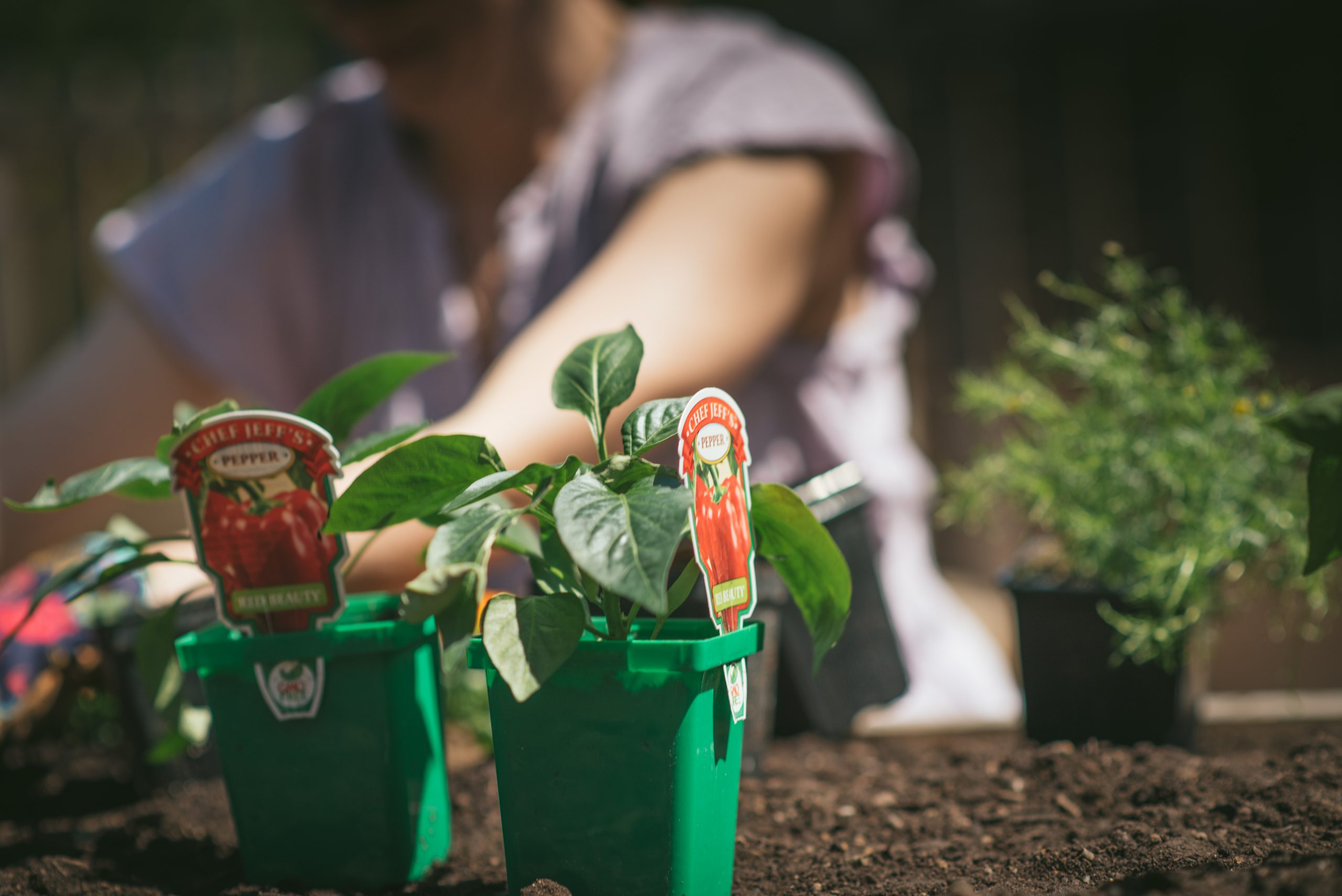
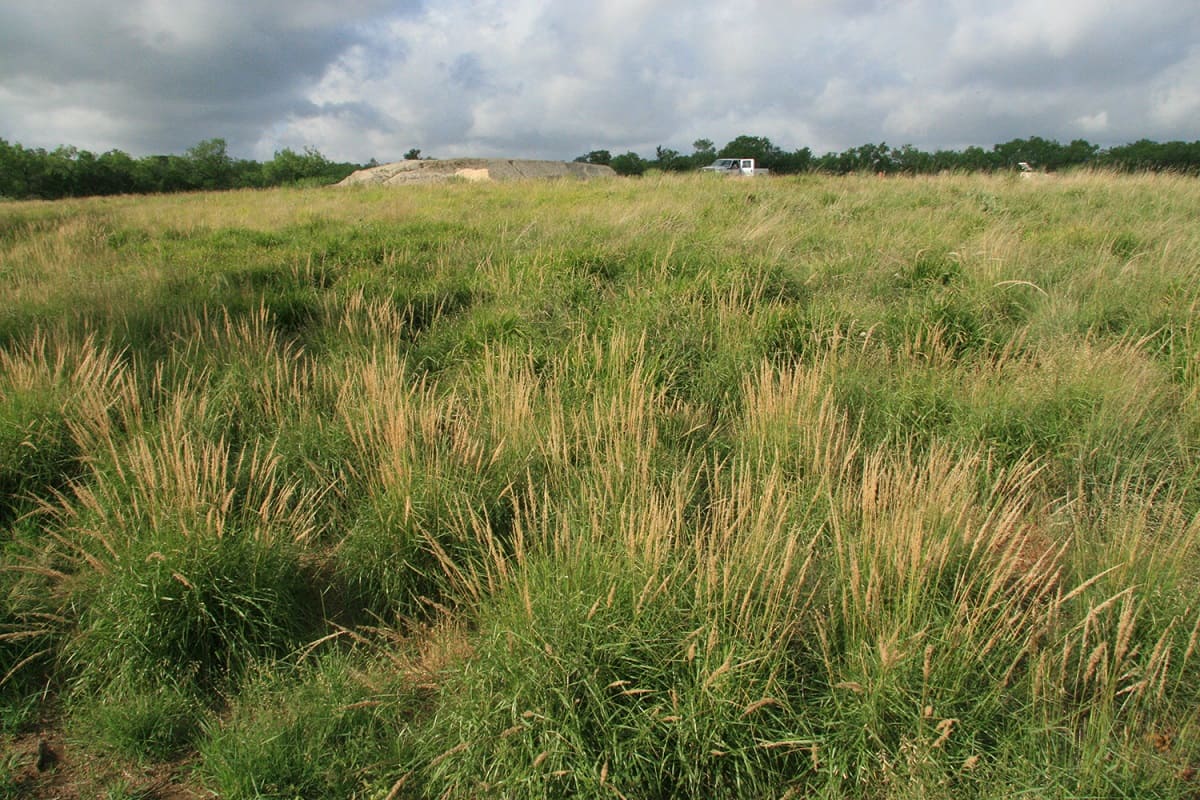
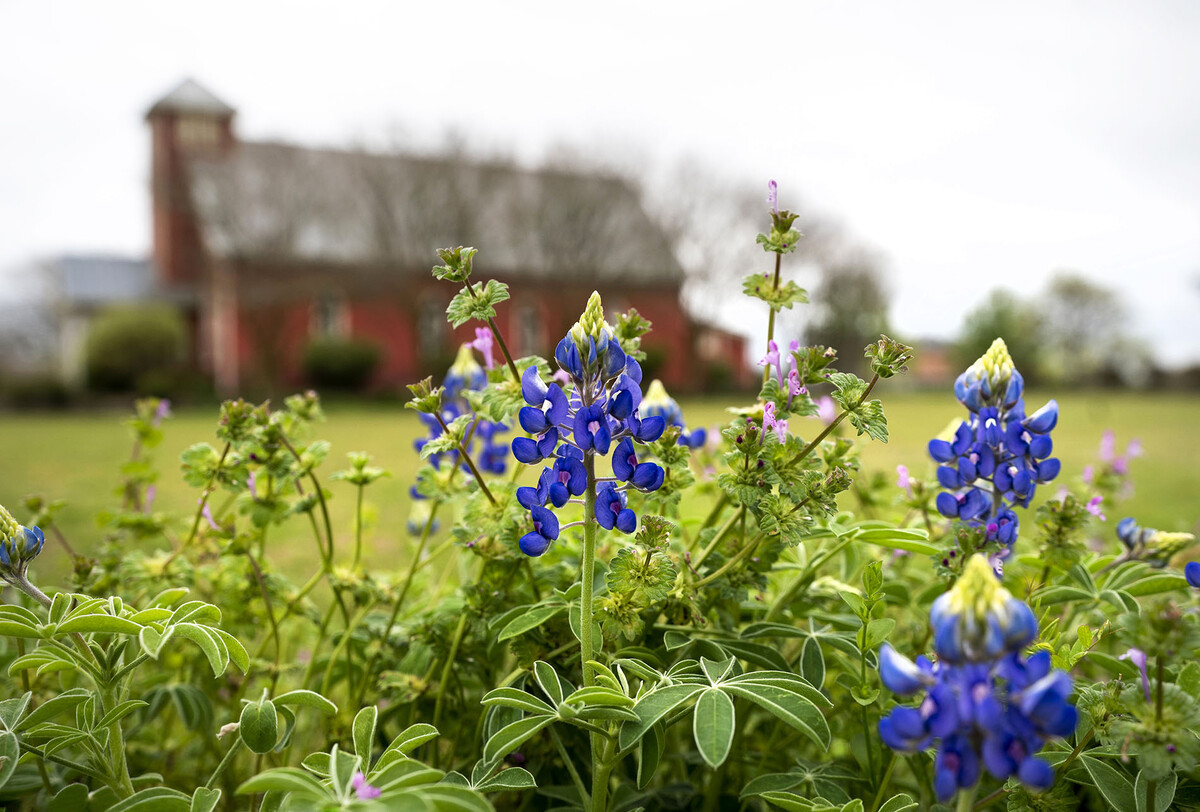
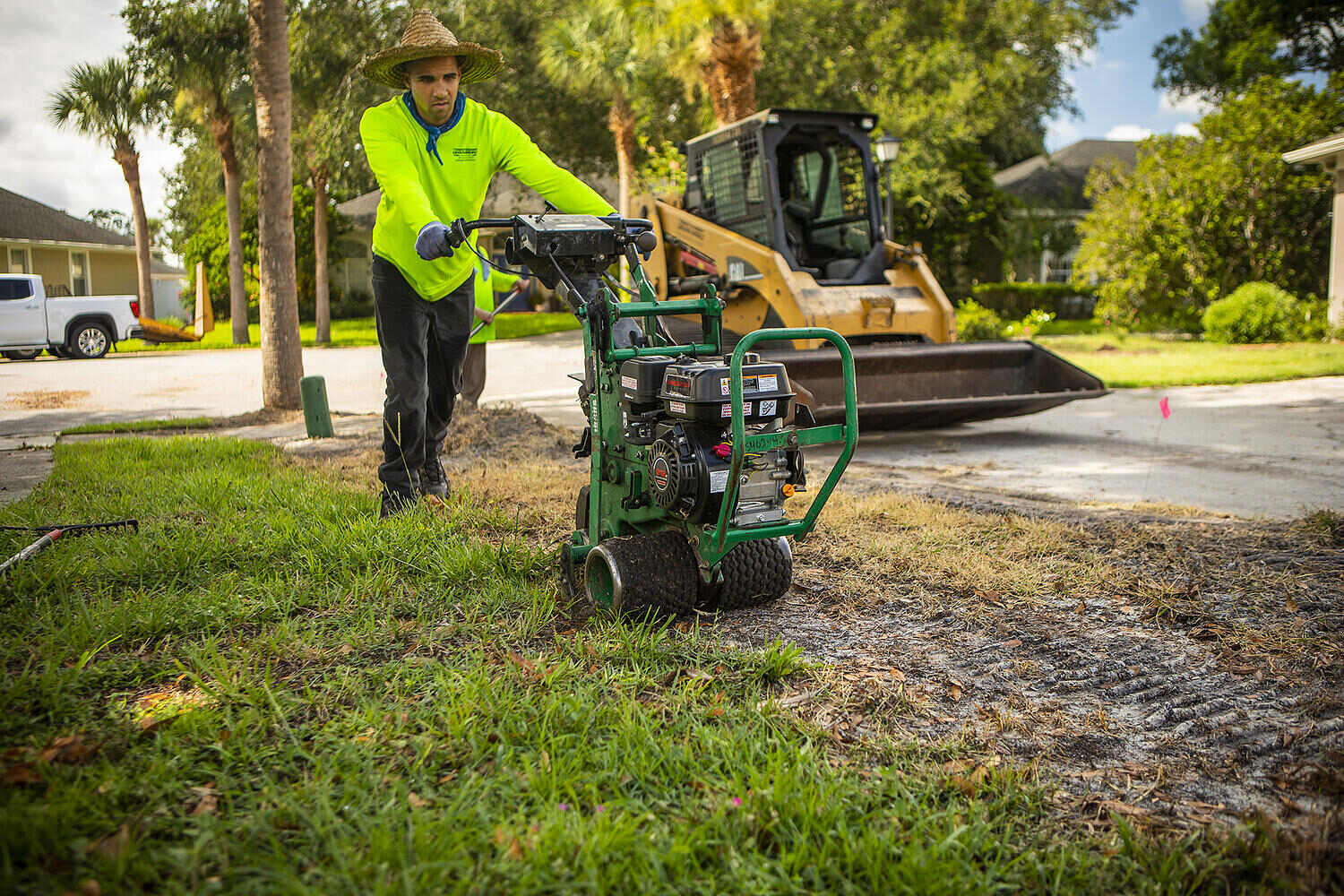
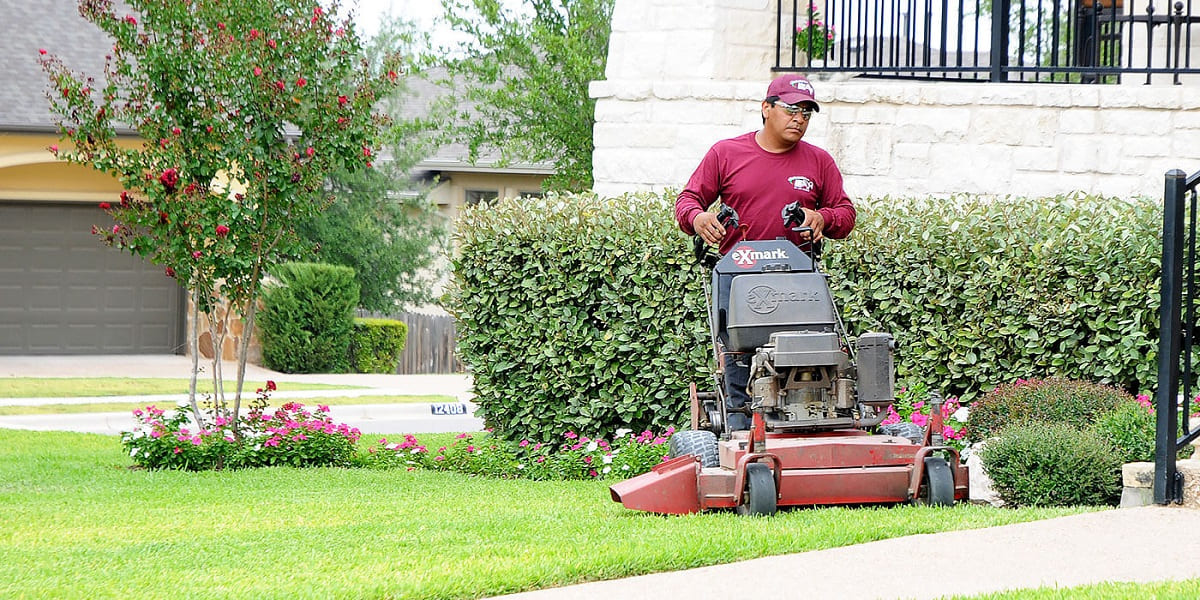
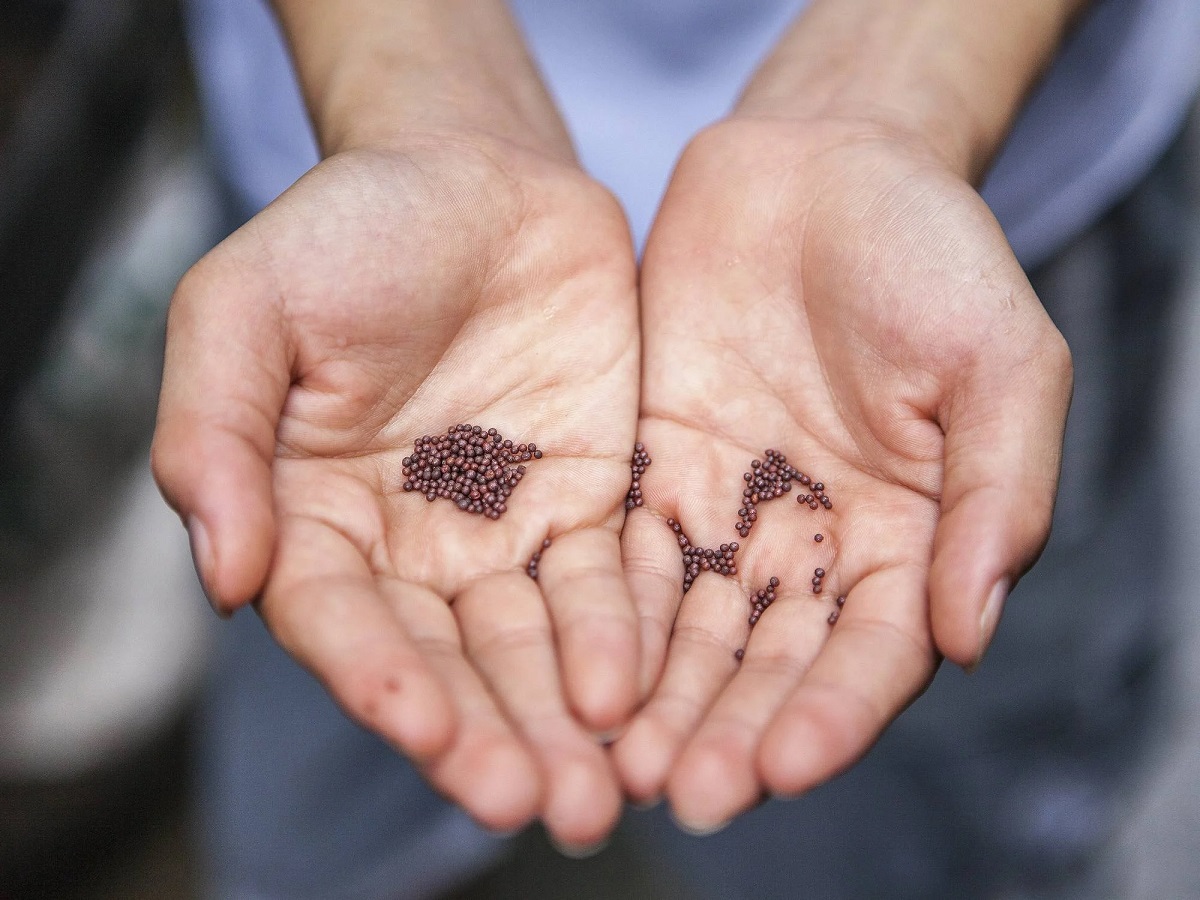
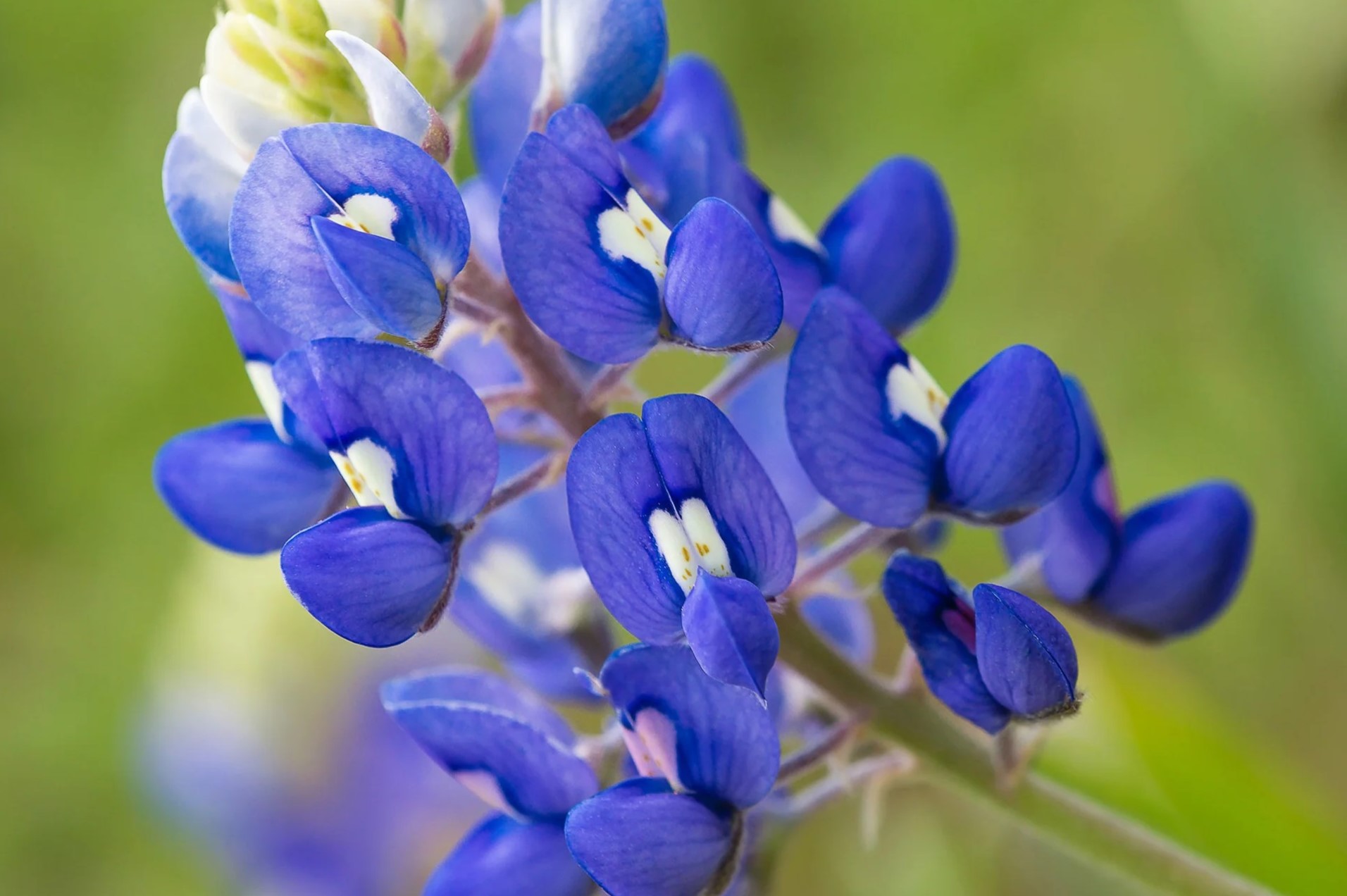

0 thoughts on “When To Plant Rye Grass In Texas”